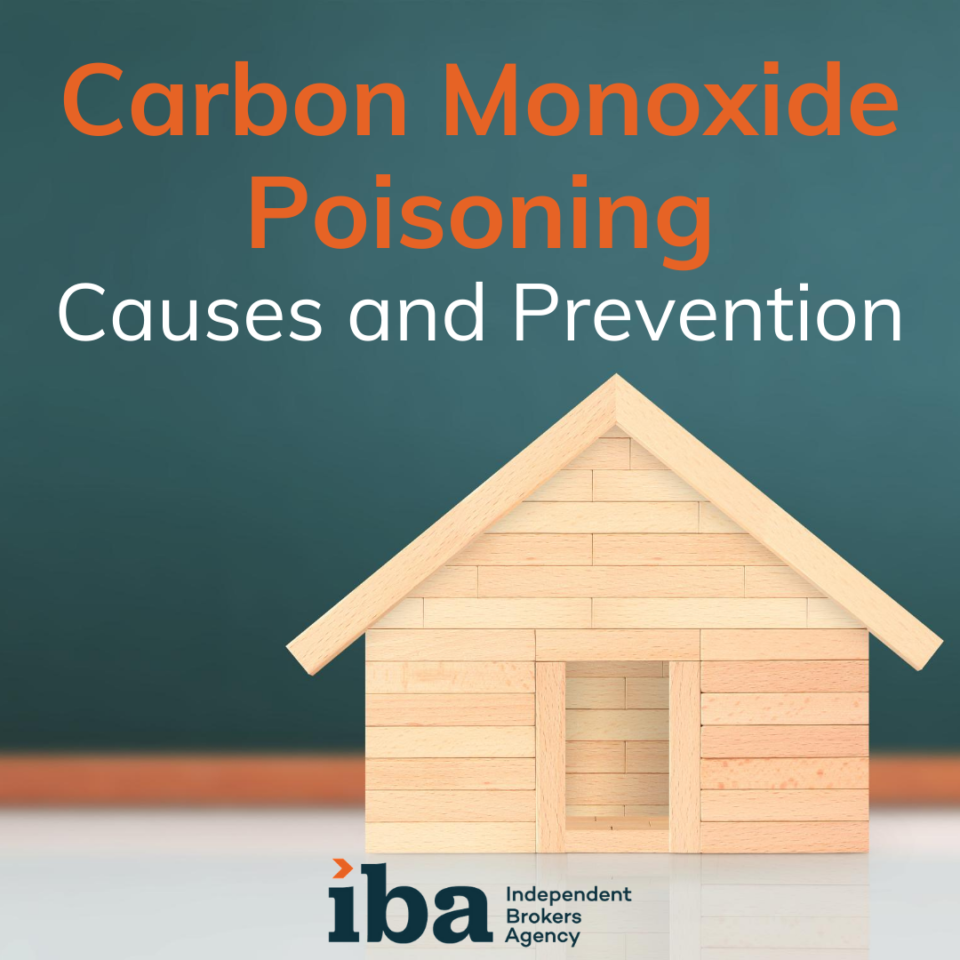
Carbon Monoxide Poisoning: Causes and Prevention
According to the Centers for Disease Control and Prevention (CDC), approximately 50,000 individuals go to the emergency department annually as a result from carbon monoxide exposure and more than 430 people die from accidental carbon monoxide poisoning. Carbon monoxide kills without warning.
What is carbon monoxide (CO)?
CO is a colorless, odorless gas. It is found in fumes from cars, trucks, and common appliances such as gas stoves, fireplaces, water heaters. When CO is inhaled, the body replaces the oxygen in the blood with CO, causing tissue damage, headaches, flu-like symptoms, or even death.
What causes carbon monoxide poisoning?
The gas is released naturally and is produced by household appliances. Carbon monoxide poisoning is caused by inhaling too much CO. Using these appliances in closed or partially closed spaces allows the CO to build to dangerous levels.
Symptoms include:
- Headache
- Fatigue
- Dizziness
- Weakness
- Nausea or vomiting
- Chest pain
- Shortness of breath
- Confusion
- Blurred vision
- Loss of muscular coordination
- Loss of consciousness
How can carbon monoxide poisoning be prevented?
Install battery-operated or battery back-up CO detectors in each floor of the home and within 10 feet of the garage, if attached to the house. Follow manufacture’s instructions when installing. Test alarms monthly.
Have heating systems, water heaters, and any other gas, oil, or coal burning appliances annually serviced by a qualified technician. Make sure gas appliances are vented properly.
Chimneys should be checked and cleaned annually to prevent blockage from debris, resulting in a build up of CO.
Do not run cars or trucks inside an attached garage, even if the door is open.
Never use a gas range or oven for heating the home.
Charcoal gives off CO and should only be burned outdoors, never inside.
Do not use a generator inside the home, basement, or garage. Only use when more than 20 feet from any window, door, or vent.
Include a CO exposure action plan into your household’s emergency response plans. Regularly practice what would happen if the CO detectors sound and routinely check the home for any risks that could lead to CO exposure.
What should you do if the carbon monoxide detector alarms sounds?
Immediately move outside to fresh air. Never ignore the alarm or try to find the source of the gas. Once safely outside, call emergency services to report the alarm. Do a head count to make sure all family members, guests, and pets are accounted for. When responders arrive, let them know if anyone was unable to vacate the home and are still inside. Do not reenter the home until the responders have given permission to do so.
Visit the CDC’s website for more information on CO exposure and prevention.